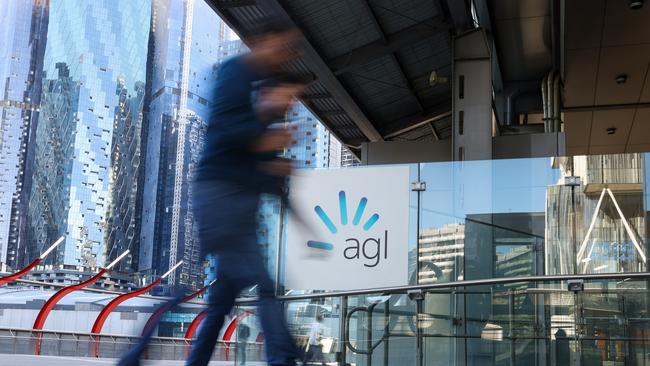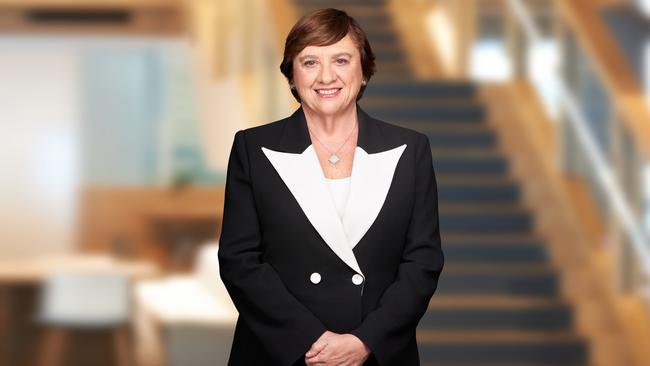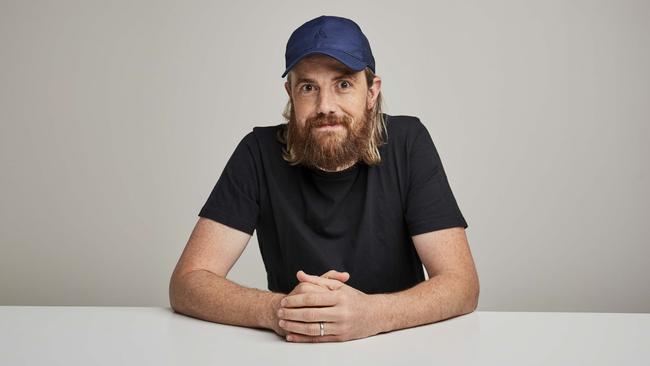AGL Energy a perfect fit for ownership by private equity

On Monday the AGL board, under pressure to make a decision ahead of its long-awaited strategy review and earnings guidance at the end of this month, announced Patricia McKenzie as its new chair and Damien Nicks as interim chief executive.
The shares that had been falling on opening, continued to do so, and closed down 1.97 per cent at $6.97.
On close of business, activist investor Mike Cannon-Brookes registered his disapproval in a shot over the bows.
AGL has been caught in a protracted battle over the chair and chief executive positions between its old board under chairman Peter Botten and CEO Graeme Hunt and activist shareholder Mike Cannon-Brookes his Grok Ventures.
As chair, the board wanted former Healthscope and Tabcorp chair Paula Dwyer. Grok wanted John Pollaers or Kerry Schott. All eminent people. No one could agree. The compromise candidate is an internal pick that has been on the board since 2019 and endorsed the demerger that Cannon-Brookes fought tooth and nail to bring down.
In a statement at market close, Grok said it had “reservations about Patricia McKenzie appointing herself to chair AGL given her involvement in the failed demerger and what has been a chaotic board renewal process”. Grok is reserving its position in voting for McKenzie.
Ahem. Moving on, Patricia McKenzie needs an 11-out-of-10 CEO prepared to come on board after the new company strategy has been set, and in the knowledge that they too risk becoming collateral damage in a row between stakeholders. Look at McKenzie’s situation now, indeed.

Under the abandoned demerger, McKenzie was to take on the chair of “Clean Co”, comprising retail and new energy. Her CEO was to be retailing guru Christine Corbett. It is understood Corbett was told not to bother to apply for the current CEO role. She has since left the organisation.
Peter Botten and Graeme Hunt were to be chair and chief executive of the business holding the coal-fired power stations – with the herculean task of transformation. Botten stepped down on Monday and Hunt will be gone by September 30.
Mike Cannon-Brookes’ frustration is understandable. He made it clear several times that board and management renewal should come before setting a strategic path.
But in the democracy that is the ASX, if you want to call the shots on board and management of a listed business, you pay for a controlling stake in that company.
“Wooden-headed AGL must go green”, said former AGL chief executive Andy Vesey in The Australian on Saturday. That is mighty easy for the US-based energy executive with Andrew Forrest’s Fortescue Future Industries to say. He has no legacy fossil fuels to deal with at all.
Vesey’s fall out with then Prime Minister Malcolm Turnbull when he refused to extend the life of Liddell Power Station left AGL off-side with a government more and more inclined to intervene in markets as Vesey left in 2018. So long and thanks for all the fish.
This year for its own reasons, the AGL board has two different search firms for the new CEO and the chair. Heidrick & Struggles ended up with McKenzie.
She may have to defend another bid from Brookfield, but not until the dust has settled and a new set of accounts makes it clear just how much money was spent on pursuing the demerger, before the demerger vote was even held.

Cannon-Brookes says the next CEO must deliver the greatest decarbonisation project on the face of the planet. To find energy and transformation credentials in one person is not easy.
Kerry Schott, the former chair of the Energy Security Board, drove an impressive transformation at Sydney Water. Other names in the market include Powerlink CEO Paul Simshauser, who ran Babcock & Brown Power and was chief economist at AGL; Stuart Johnson, CEO of Hancock Energy and former CEO of Forrest’s Squadron Energy; James Baulderstone, CEO of Moorebank Intermodal, who ran Forrest’s import terminal Australian Industrial Energy; and former NBN chief executive Bill Morrow, who ran Pacific Gas & Electric.
Two AGL directors hired in the last 12 months, Vanessa Sullivan and Graham Cockroft, are overseeing the strategic review. Joining them as of Monday is former Infigen CEO Miles George.
All these folk know they have an activist shareholder on the register and that in the background sits Brookfield. Before putting pens down in March, Brookfield upped its bid to $8.25 a share, then a 15 per cent premium on the price before the first bid.
It will want a price below $8.25 given the outages at Loy Yang which paint an uncomfortable picture of underinvestment while dividends flowed out to shareholders.
In a separate statement AGL announced the Loy Yang Unit 2 outage would extend until the second half of October, which “at this stage is not expected will have a material impact on FY23 earnings guidance”.
Brookfield will also argue the current share price has a built-in premium. In June snapped it up 2.5 per cent of AGL.
The problem for the AGL board is that the register is largely retail and devoid of institutions, bar industry fund Hesta. And going forward it will need capital to effect its massive transformation.
Trying to convince institutions to invest in fossil fuel businesses in 2022 is difficult. The Canadians have $US15bn ($22.5bn) in capital to deploy and former central banker Mark Carney has a brand reputation that institutions will trust and back.





If ever there was a strong case for private equity ownership, it is AGL.